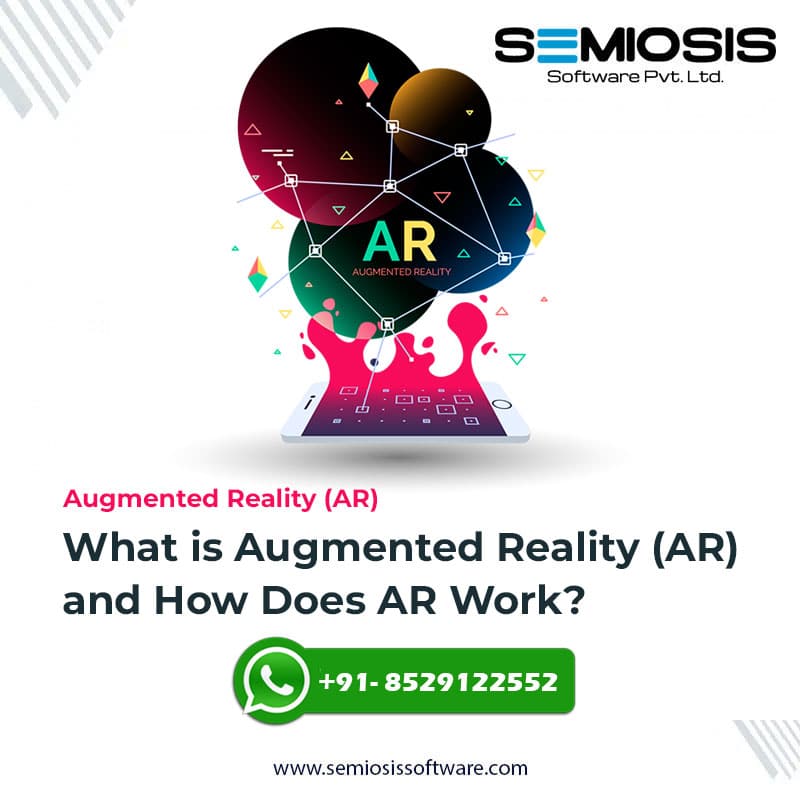 Exploring the Boundaries of Reality: A Dive into Augmented Reality (AR) and Its Mechanics
Exploring the Boundaries of Reality: A Dive into Augmented Reality (AR) and Its Mechanics
Introduction:
In the ever-evolving landscape of technology, Augmented Reality (AR) stands as a testament to the human pursuit of enhancing our perception of the world around us. AR is a groundbreaking technology that overlays digital information onto the physical world, seamlessly blending the virtual and real to create an immersive and interactive experience. In this blog, we’ll delve into the concept of Augmented Reality, its applications, and the underlying mechanisms that make it possible.
Understanding Augmented Reality:
Augmented Reality is a technology that enriches the real-world environment with computer-generated information, enhancing our sensory experiences. Unlike Virtual Reality (VR), which immerses users in a completely digital environment, AR adds a layer of digital content to the existing physical world. This fusion of real and virtual elements opens up a myriad of possibilities across various industries, from gaming and education to healthcare and business.
How Does AR Work?
-
Hardware Components: AR systems rely on a combination of hardware components to deliver a seamless experience. These typically include cameras, sensors, displays, and processing units. Cameras capture the real-world environment, sensors gather data about the user’s surroundings, and the processing unit computes the information to generate relevant digital overlays.
-
Sensors and Tracking: AR devices use sensors like accelerometers and gyroscopes to track the user’s movements and orientation in real-time. This data is crucial for precisely overlaying digital content onto the physical environment. Additionally, GPS and other location-tracking technologies may be employed to enhance the accuracy of AR applications.
-
Computer Vision: Computer vision is a core aspect of AR technology, enabling devices to recognize and understand the objects and surfaces in the user’s environment. This involves complex algorithms that analyze visual data from cameras, identifying features and patterns necessary for accurate augmentation.
-
Display Technology: The information generated by AR applications is presented to users through various display technologies. Head-mounted displays (HMDs), smartphones, tablets, and smart glasses are common devices used for AR experiences. These displays overlay digital content onto the real world, ensuring users perceive a unified and cohesive environment.
-
Spatial Mapping: Spatial mapping is the process of creating a digital representation of the physical space in real-time. This allows AR systems to understand the geometry of the surroundings, facilitating precise placement of virtual objects. The combination of sensors and computer vision contributes to the creation of these spatial maps.
Applications of Augmented Reality:
-
Gaming: AR has revolutionized the gaming industry by introducing interactive and location-based experiences. Games like Pokémon GO leverage AR to immerse players in a combination of the virtual and physical worlds.
-
Education: AR enhances learning experiences by providing interactive and dynamic educational content. Students can explore 3D models, historical reenactments, and other educational resources in a more engaging manner.
-
Healthcare: In healthcare, AR is used for surgical planning, medical training, and patient education. Surgeons can visualize medical data in real-time during procedures, leading to improved accuracy and outcomes.
- Retail and Marketing: AR is transforming the retail sector by allowing customers to visualize products in their real-world environment before making a purchase. Virtual try-ons and interactive product demonstrations enhance the shopping experience.
-
Enterprise and Training: Businesses use AR for employee training, maintenance procedures, and collaborative work environments. Remote assistance through AR enables experts to guide on-site technicians in real-time.
Conclusion:
Augmented Reality is reshaping the way we perceive and interact with the world, offering a bridge between the physical and digital realms. Its applications are diverse, ranging from entertainment and education to healthcare and industry. As technology continues to advance, AR is poised to play an increasingly integral role in our daily lives, pushing the boundaries of what we thought possible in the realm of human experience.






